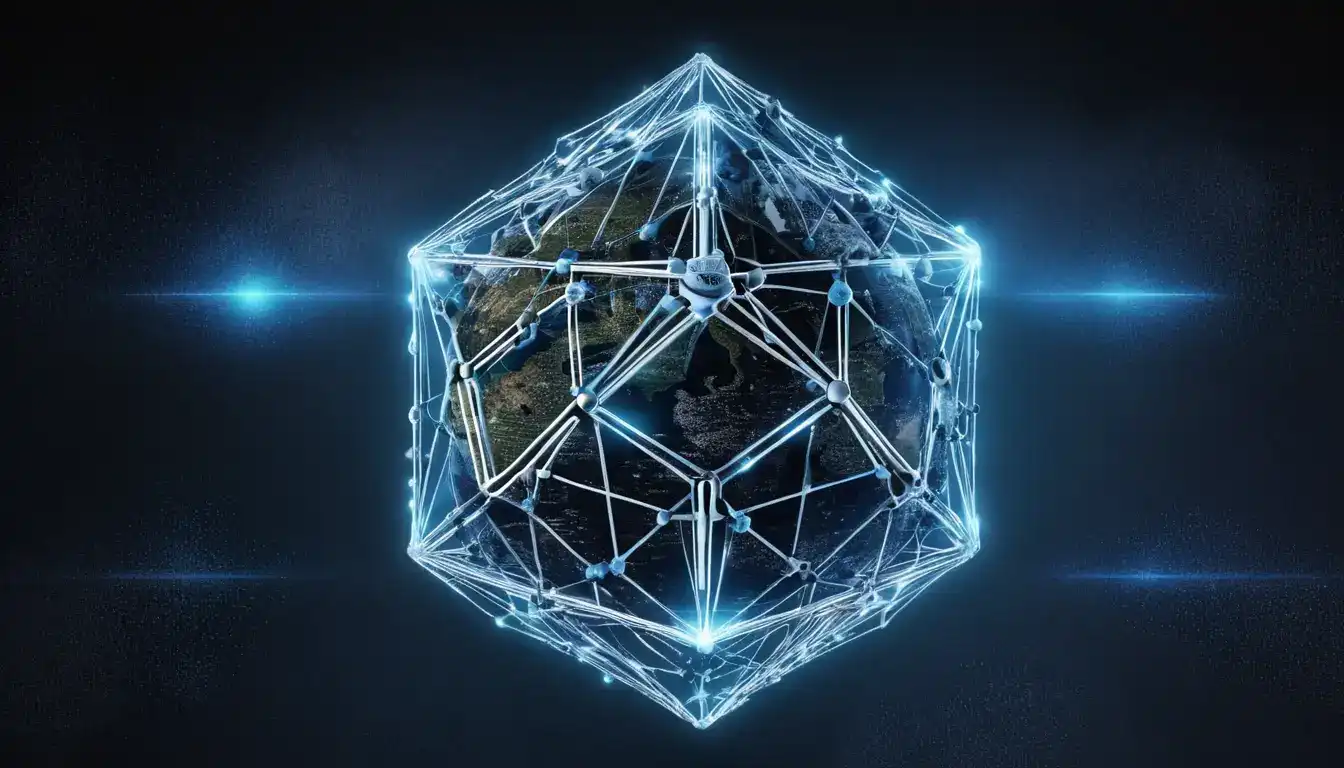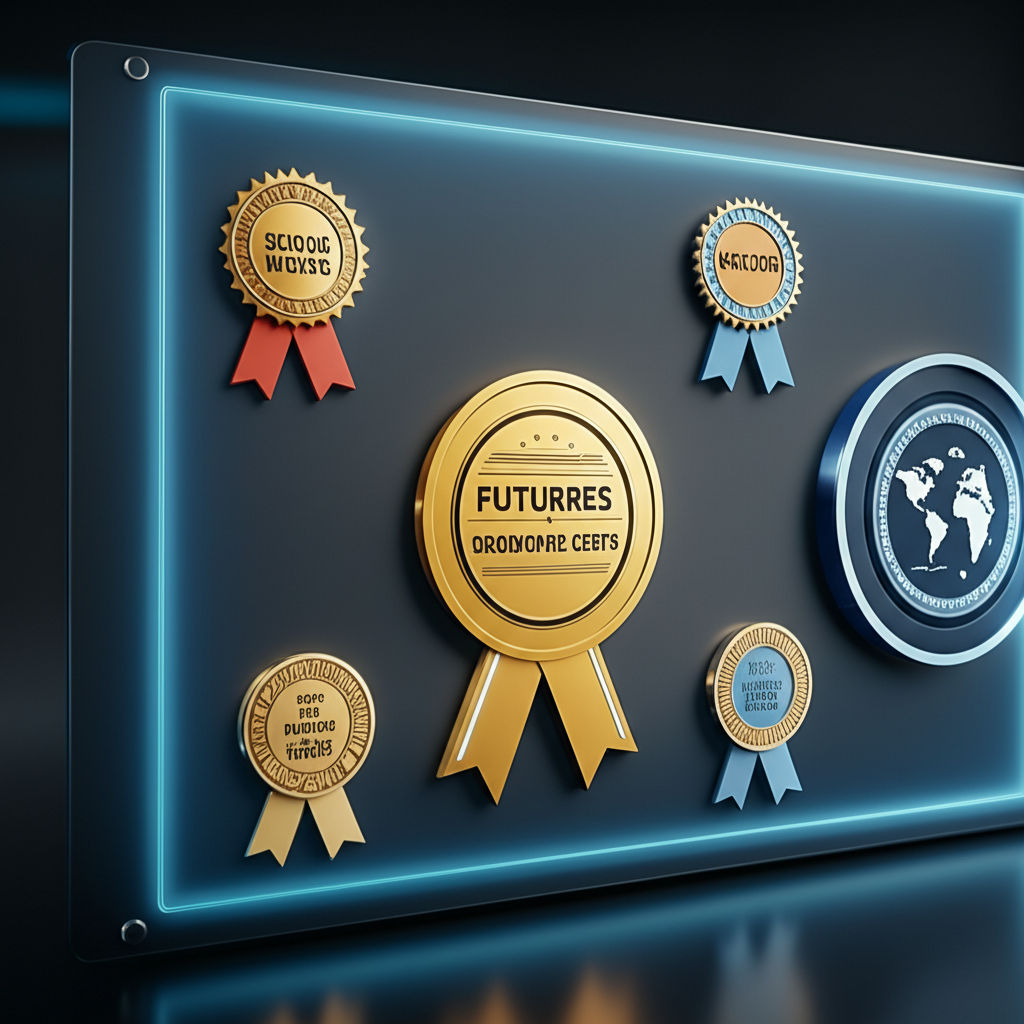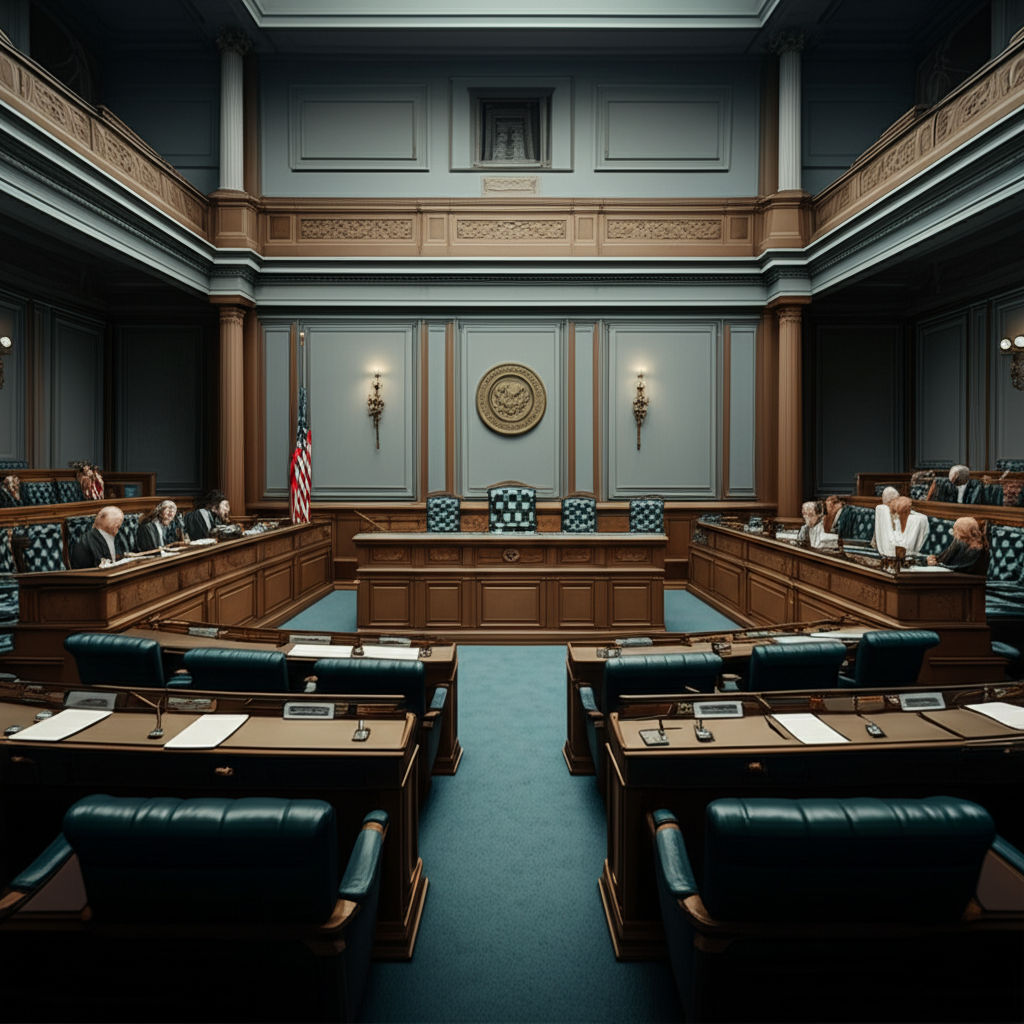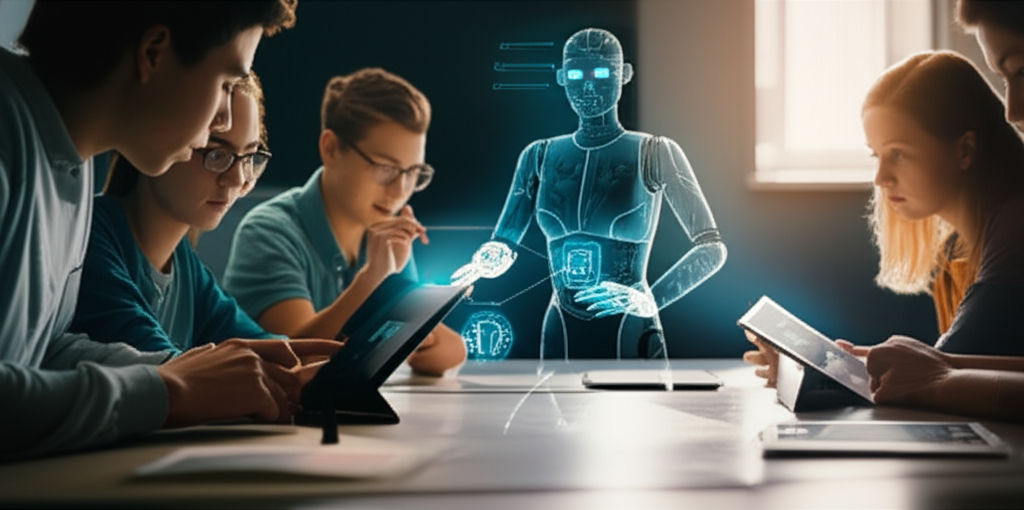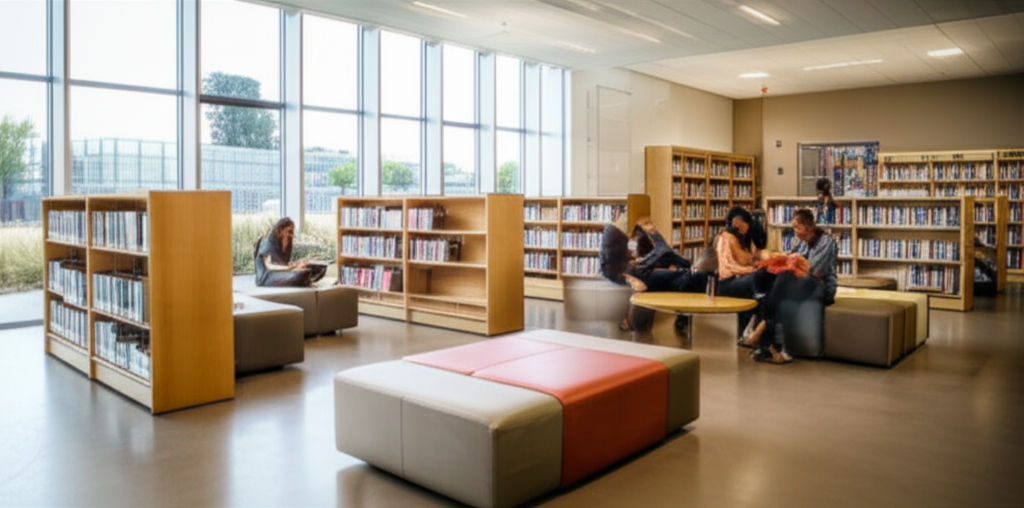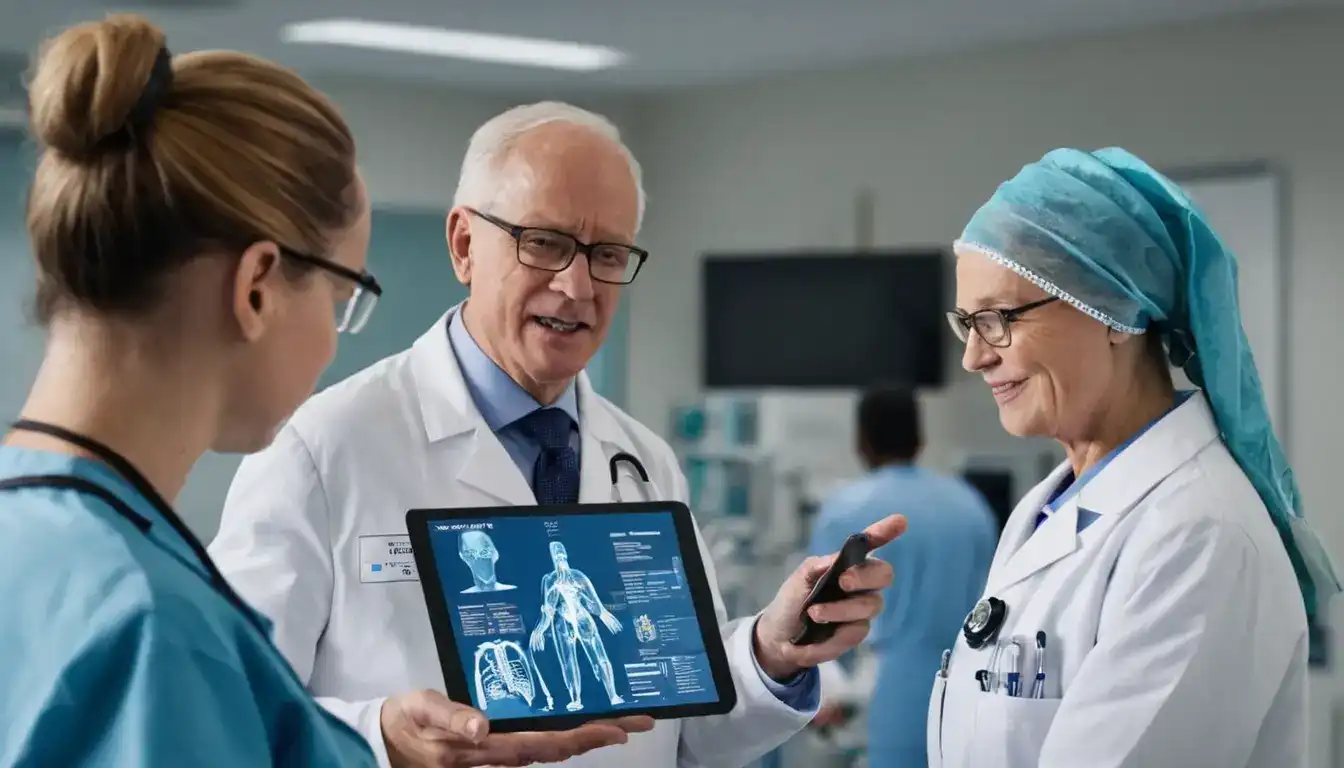Rote to Critical: Shift in Future Education
Emily Willis
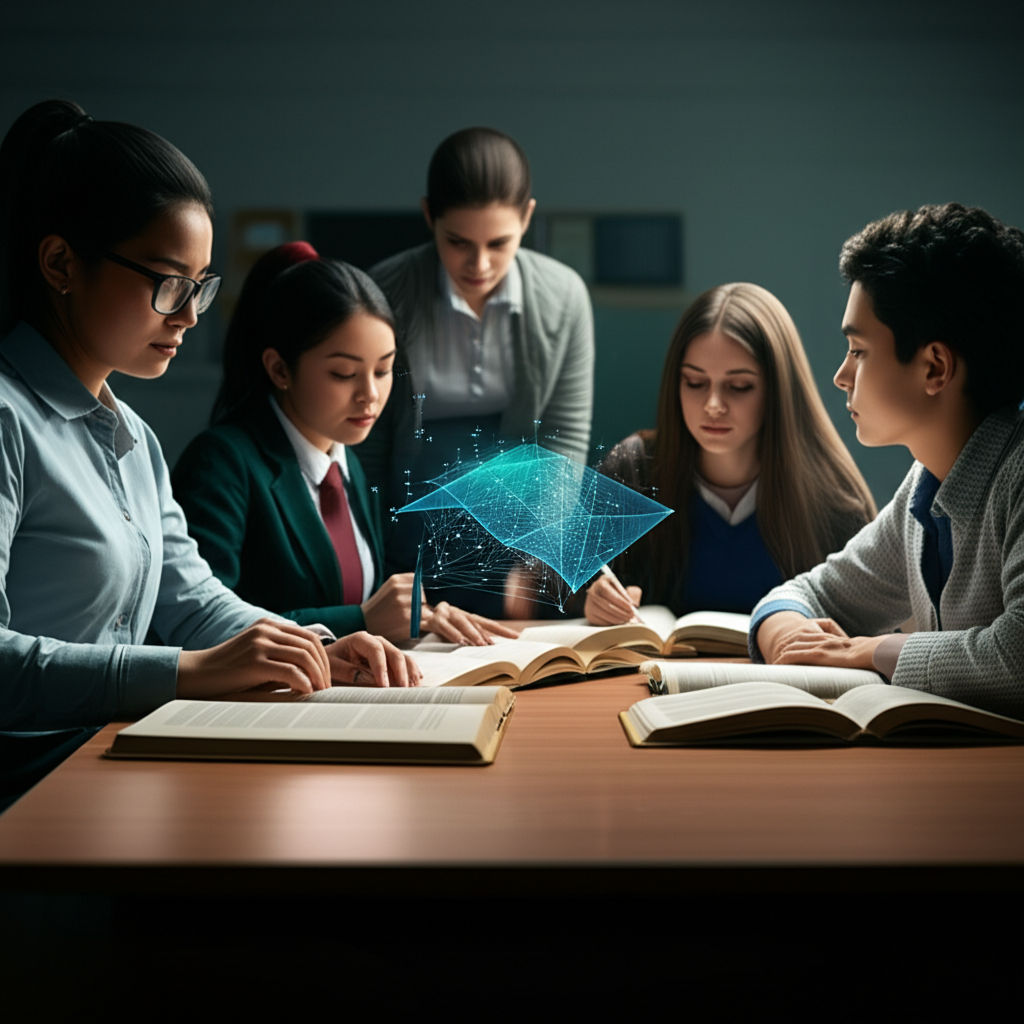
Photo: Rote to Critical: Shift in Future Education
The landscape of education is undergoing a profound transformation, moving away from the traditional emphasis on memorization and recall towards a dynamic approach that prioritizes deep understanding, analysis, and problem-solving. This monumental shift, often dubbed the transition from "Rote to Critical," isn't just a buzzword; it's a vital evolution preparing individuals for a rapidly changing world. As we navigate the complexities of the 21st century, the future of education hinges on nurturing minds that can think independently, adapt swiftly, and innovate continuously.
The Era of Rote Learning: A Look Back
For generations, education systems globally have largely relied on rote learning. This method, rooted in repetition and memorization, aimed to instill facts, formulas, and historical dates into students' minds. Think about reciting multiplication tables, memorizing historical timelines, or learning grammar rules by heart. While it has its place in foundational knowledge acquisition, its limitations are becoming increasingly apparent in our modern world.
What is Rote Learning?
At its core, rote learning is about acquiring knowledge primarily through repetition, without necessarily understanding the underlying concepts or their practical applications. It's about remembering what something is, rather than why it is or how it works. For instance, a student might memorize the definition of photosynthesis without truly grasping the intricate biological process or its significance to life on Earth. Historically, this approach was efficient for transmitting a fixed body of knowledge across generations, especially when access to information was limited.
The Limitations of Memorization
While rote learning can be effective for foundational facts, its over-reliance presents significant drawbacks. One major limitation is the lack of transferable skills. Knowledge acquired through sheer memorization often remains isolated, making it difficult for learners to apply it in new, unfamiliar contexts. Imagine knowing every rule of grammar but struggling to write a coherent, creative essay.
Furthermore, rote learning can stifle curiosity and genuine engagement. When the primary goal is to recall information for an exam, the joy of discovery and the thrill of understanding are often sidelined. This can lead to a superficial learning experience, where information is quickly forgotten once the immediate need (like an exam) passes. In an age where information is readily available at our fingertips, the ability to merely recall facts holds less value than the ability to interpret, analyze, and synthesize them.
Why the Shift? The Urgent Need for Critical Thinking
The world has changed dramatically. The internet has democratized access to information, making rote memorization less critical. What's truly valuable now is the ability to make sense of that vast information, solve complex problems, and adapt to unforeseen challenges. This is where critical thinking skills become paramount, driving the profound education shift.
The Demands of the Modern World
Today's job market demands more than just knowledge; it requires skills. Employers are actively seeking individuals who can analyze situations, solve intricate problems, and contribute innovative ideas. Traditional roles are evolving, and new ones are emerging that require flexibility, creativity, and the ability to navigate ambiguity. A person who can critically assess a business problem, devise a strategic solution, and effectively communicate it will always be more valuable than someone who can only recite textbook theories. The future of education must align with these real-world demands, preparing students not just for tests, but for life and career success.
Beyond the Classroom: Real-World Applications
The need for critical thinking extends far beyond professional life. In our daily lives, we're constantly bombarded with information – from news headlines to social media posts. The ability to critically evaluate sources, discern facts from misinformation, and form reasoned opinions is crucial for informed citizenship and personal well-being. Whether it's making a financial decision, understanding complex social issues, or simply choosing a healthy lifestyle, analytical skills are indispensable. This education shift ensures that learning isn't confined to textbooks but empowers individuals to thrive in every aspect of their lives.
Nurturing Innovation and Adaptability
Innovation is the engine of progress, and critical thinking is its fuel. When individuals are encouraged to question, explore, and challenge existing ideas, they pave the way for new discoveries and solutions. Think of breakthrough technologies or revolutionary scientific advancements – they rarely come from simply memorizing what's already known. They emerge from minds that can critically analyze problems, imagine new possibilities, and adapt their approaches. The shift in future education towards fostering this kind of thinking is essential for creating a society capable of continuous growth and resilience.
Defining Critical Thinking in Education
So, what exactly is critical thinking in an educational context? It's much more than just being "smart." It's a comprehensive set of cognitive skills and dispositions that enable individuals to engage with information thoughtfully and effectively.
More Than Just Smart: Key Components
Critical thinking involves several interconnected components:
- Analysis: Breaking down complex information into smaller parts to understand their relationships and implications. For example, analyzing a historical event involves looking at its causes, key players, consequences, and different perspectives.
- Evaluation: Assessing the credibility, relevance, and accuracy of information. This means asking questions like, "Is this source reliable?" or "Is this argument logical?"
- Interpretation: Understanding the meaning and significance of information. This goes beyond simply reading words; it's about grasping the deeper message and context.
- Inference: Drawing logical conclusions based on evidence and reasoning. It's about connecting the dots to arrive at well-supported judgments.
- Explanation: Articulating one's reasoning and conclusions clearly and coherently. This involves being able to justify your thoughts to others.
- Self-Regulation: Reflecting on one's own thinking processes and being open to correcting errors or biases. It's about continuous improvement in how one thinks.
These skills are not innate; they are developed through practice, exposure to diverse perspectives, and a learning environment that encourages inquiry and debate.
How Critical Thinking Transforms Learning
When education shifts from rote memorization to nurturing critical thinking skills, the entire learning process transforms. Students become active participants in their education rather than passive recipients of information. They learn to:
- Ask meaningful questions: Instead of just finding answers, they learn to formulate insightful questions that lead to deeper understanding.
- Solve problems creatively: They move beyond pre
Latest ✨
View Allsustainable living and provides practical tips for integrating eco-friendly practices into daily life. It emphasizes the benefits of reducing environmental impact, combating climate change, conserving resources, saving money, and living a healthier life.
Emily Willis
AI is no longer a futuristic concept, it is shaping our world at an unprecedented pace. In 2024 and beyond, AI trends are likely to dominate in various industries. Generative AI is expected to revolutionize content creation, design, and product development. In healthcare, AI will lead to personalized medicine, drug discovery acceleration, improved diagnostics, and remote patient monitoring.
Emily Willis
Future-proof your career with micro-credentials & digital badges. Gain targeted skills fast & stay relevant in a rapidly changing world.
Emily Willis
Unlock the potential of flexible school schedules! Understand benefits, challenges, types, and real-world examples for modern education.
Emily Willis
Business
View All
June 9, 2025
Craft a Winning Pitch DeckCraft a winning pitch deck! Learn to transform your vision into a compelling presentation that captivates investors & unlocks opportunities.
Emily Willis

June 8, 2025
Gain Competitive Edge in Any MarketMaster competitive advantage! Discover actionable strategies for business growth, market leadership, and differentiation in any market.
Emily Willis

June 8, 2025
Handle Complaints EffectivelyMaster the art of handling complaints effectively. Learn the psychology, actionable steps, and how to turn feedback into opportunities for growth and stronger r...
Emily Willis
Economy
View AllUncover the dynamic relationship between tariffs and global trade patterns. Explore how tariff changes reshape trade flows, impact consumers and businesses, and drive strategic adaptations in supply chains and markets. Discover insights from real-world cases and learn strategies for businesses to thrive in this evolving landscape.
Read MoreFiscal policy: The government's powerful tool of taxes & spending that shapes the economy, jobs, and your daily life. Essential citizen guide.
Read MoreBoost your business profitability! Discover how cost analysis empowers informed decisions, optimizes spending, and fuels sustainable growth.
Read MoreEntertainment
View All
August 5, 2024
Classic Films: Timeless Masterpieces in the Age of StreamingClassic films may seem outdated in today's world of instant gratification and endless streaming options, but they offer enduring stories, masterful storytelling, historical insights, technical innovation, and artistic value that surpass modern offerings. While classic films face challenges such as accessibility and pacing, there are ways to overcome these obstacles, such as using streaming services, visiting local libraries, attending film festivals, and utilizing online resources.
Emily Willis
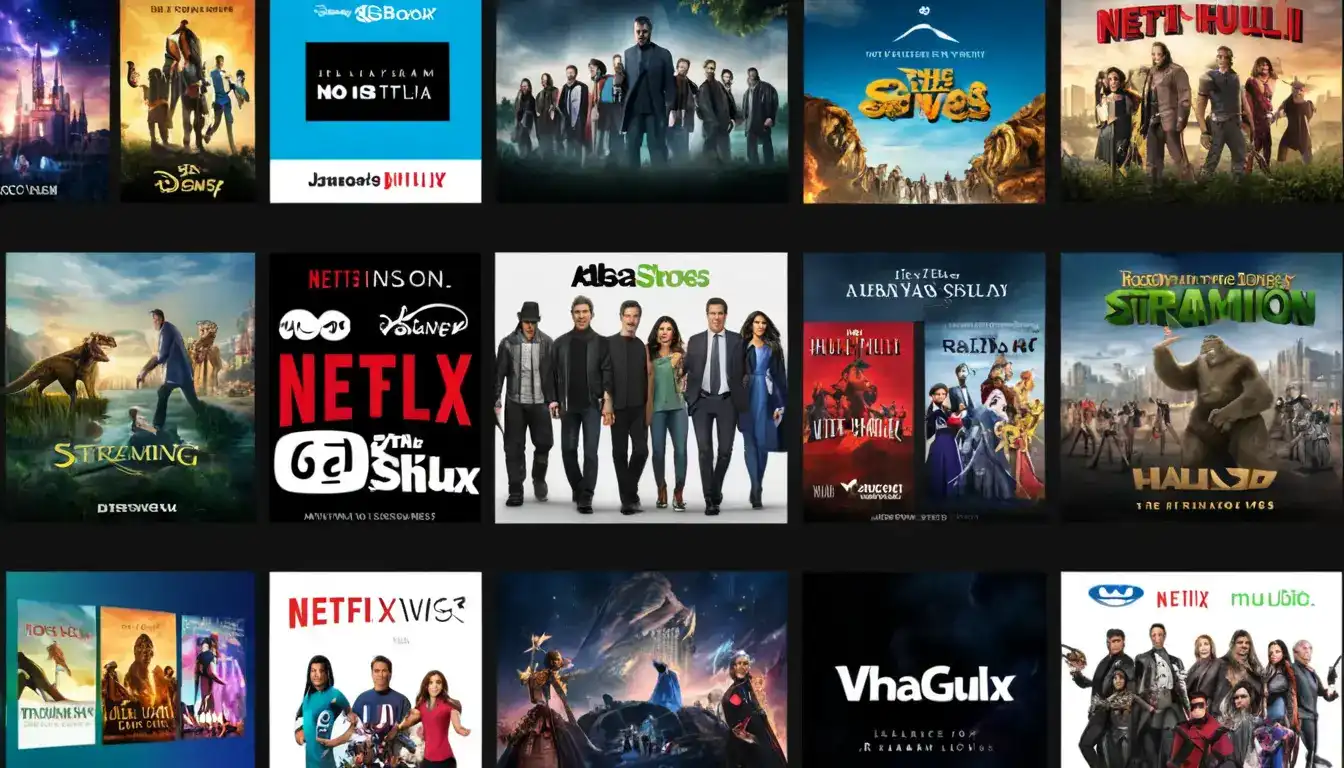
August 4, 2024
The Evolution of Streaming Services Such as Netflix, Disney+, Hulu, and the Implications for the Traditional Entertainment IndustryThe rise of streaming services has revolutionized the entertainment industry, offering on-demand access to a vast library of content through internet-connected devices. Platforms like Netflix, Disney+, and Hulu have diversified their content libraries, reshaped consumer behavior, and challenged traditional distribution models. Technological advancements have enhanced streaming experiences, while economic and cultural implications have led to global market expansion and increased investment in original content production. The future of the streaming industry will be shaped by competition, convergence of media and technology, and the need for adaptation to changing consumer preferences. Embracing digital transformation and strategic partnerships will be crucial for stakeholders in navigating the evolving landscape of modern entertainment.
Emily Willis

August 4, 2024
Virtual Music Concerts: The Future of Live Performance?The music industry has seen significant changes in recent years, with virtual music concerts becoming a popular trend, especially due to the impact of the COVID-19 pandemic. Technological advancements have made virtual concerts more accessible and cost-effective, while also reducing the environmental impact of live events. However, challenges such as technical issues and the lack of physical presence remain. The future of virtual concerts may involve hybrid models that combine virtual and physical experiences, as well as continued technological innovation to enhance the quality of virtual performances. Building a sense of community and engagement will also be crucial for the success of virtual concerts moving forward.
Emily Willis
Health
View Allsleep for physical and mental well-being, discussing the benefits of sleep such as physical restoration, brain function, emotional regulation, concentration, and reduced risk of chronic diseases. It explains the different stages of the sleep cycle and provides guidelines for how much sleep individuals of different ages need.
Emily Willis
Heart disease is a leading cause of death globally, but early detection and prevention strategies can reduce its impact. This article discusses the importance of early detection, common risk factors, preventive measures, and lifestyle changes for heart health. Understanding heart disease, recognizing symptoms, and undergoing regular screenings are crucial. Common risk factors include high blood pressure, high cholesterol, diabetes, smoking, obesity, physical inactivity, and family history. Symptoms of heart disease include chest pain, shortness of breath, fatigue, irregular heartbeat, and swelling. Diagnostic tests and screenings include blood pressure measurement, cholesterol screening, blood glucose test, ECG, stress test, and imaging tests. Preventive measures include adopting a heart-healthy diet, regular physical activity, quitting smoking, managing stress, maintaining a healthy weight, and limiting alcohol consumption. Medications and treatment options may be necessary for individuals at high risk or diagnosed with heart disease.
Emily Willis
The healthcare landscape is being transformed by technological advancements, with telehealth and remote care providing convenient access to healthcare services. Artificial intelligence is revolutionizing diagnostics, personalized medicine, and drug discovery. Wearable technology is empowering patients to take control of their health.
Emily Willis
Trending 🔥
View All
1
2
3
6
7
8
9
Sports
View AllAugust 4, 2024
The Importance of Mental Training and Psychological Strategies in Helping Athletes Reach Their Peak Performance on the Field
Read MoreTechnology
View All
August 4, 2024
Latest Trends in Mobile Application Development
latest trends in mobile application development for 2024. These trends include the integration of 5G technology, artificial intelligence and machine learning, Internet of Things (IoT), augmented reality (AR) and virtual reality (VR), cross-platform development, mobile wallets and payment gateways, progressive web apps (PWAs), enhanced app security, voice search and integration, and sustainability and green mobile apps.
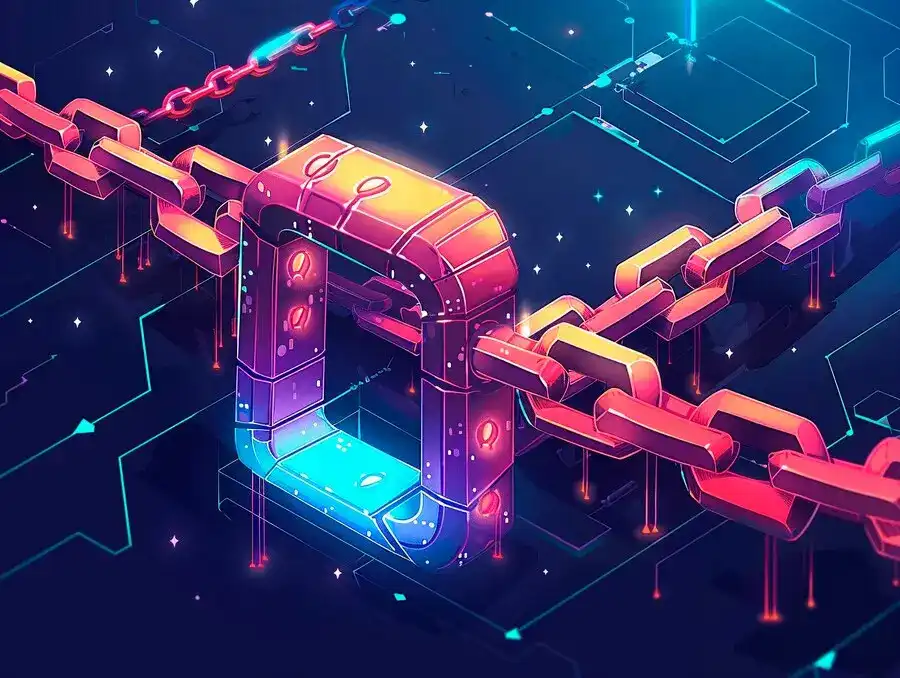
August 5, 2024
Challenges and Barriers in Adopting Blockchain Technology
Blockchain technology has the potential to revolutionize industries with its decentralized and transparent nature, but widespread adoption faces challenges such as scalability issues, interoperability, security concerns, regulatory uncertainty, lack of standards, cost and resource intensiveness, and user experience and education.

August 5, 2024
Top Skills Every Junior Software Developer Should Master in 2024
Meta Description: Discover the top skills junior software developers need to master in 2024 to excel in their careers. From coding languages to soft skills, this blog reveals the secrets to staying ahead in the dynamic world of software development.

August 4, 2024
The Metaverse: A Virtual World with Endless Possibilities
metaverse is a rapidly evolving concept that offers a network of interconnected 3D virtual spaces accessed through technologies like VR and AR.

